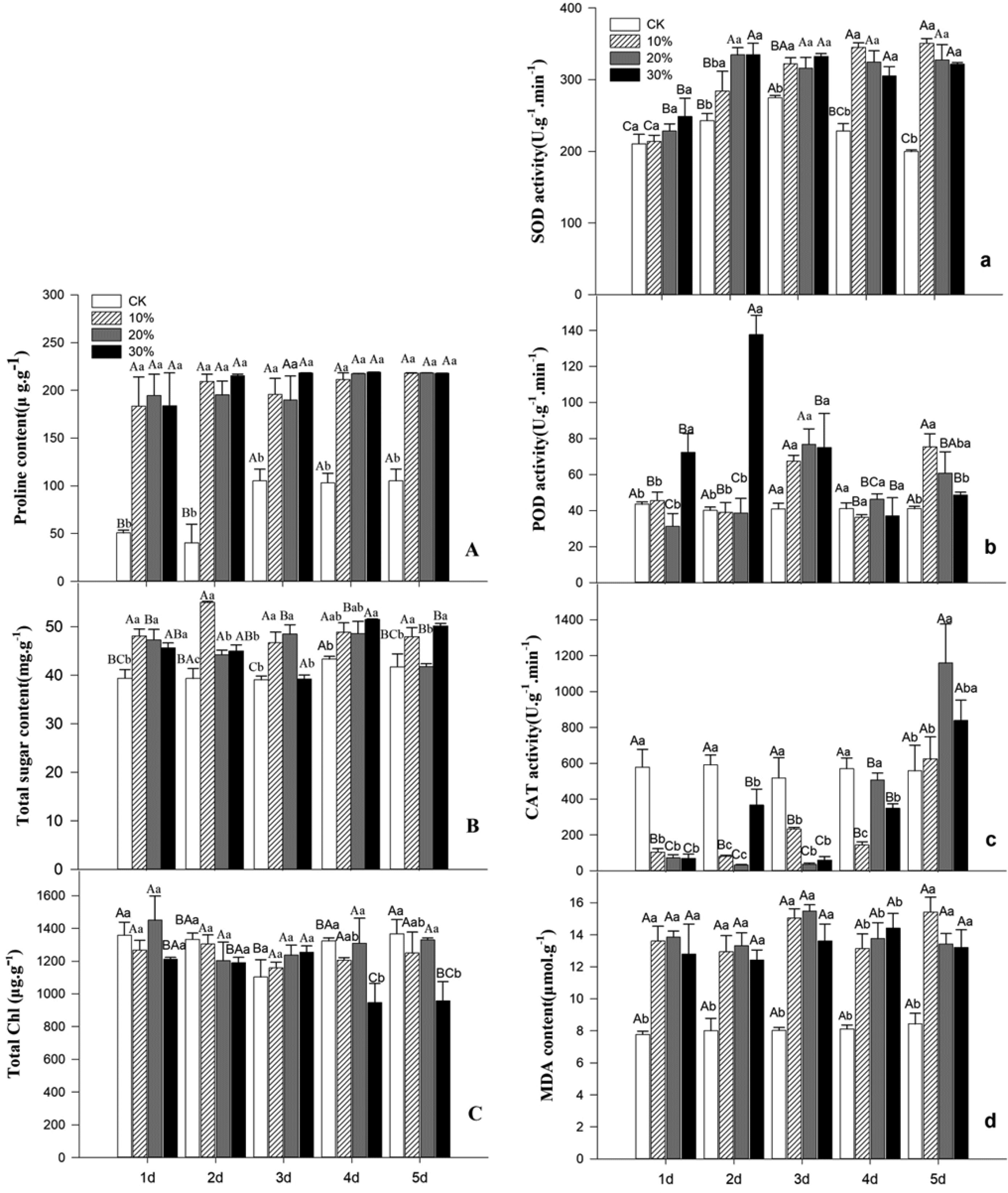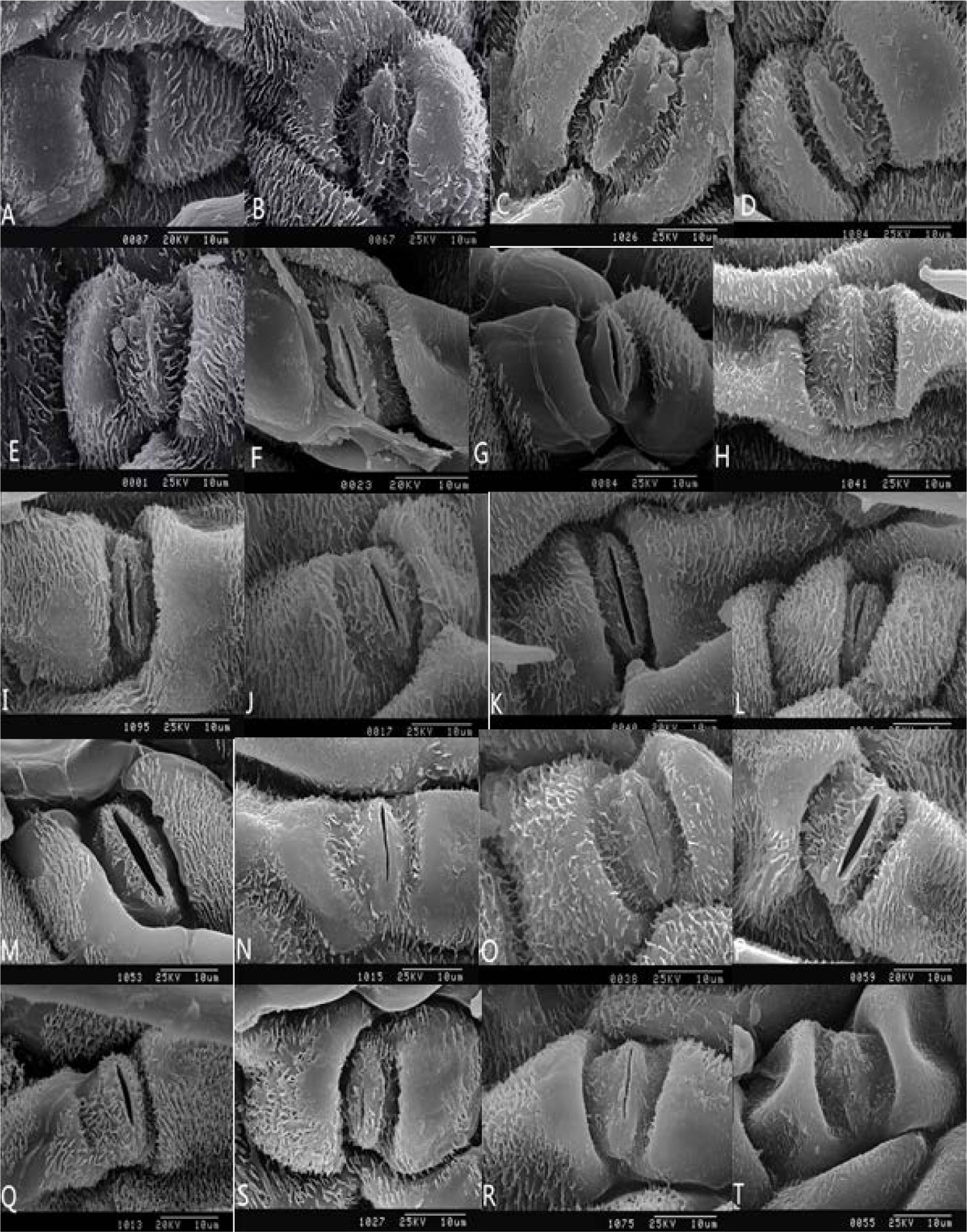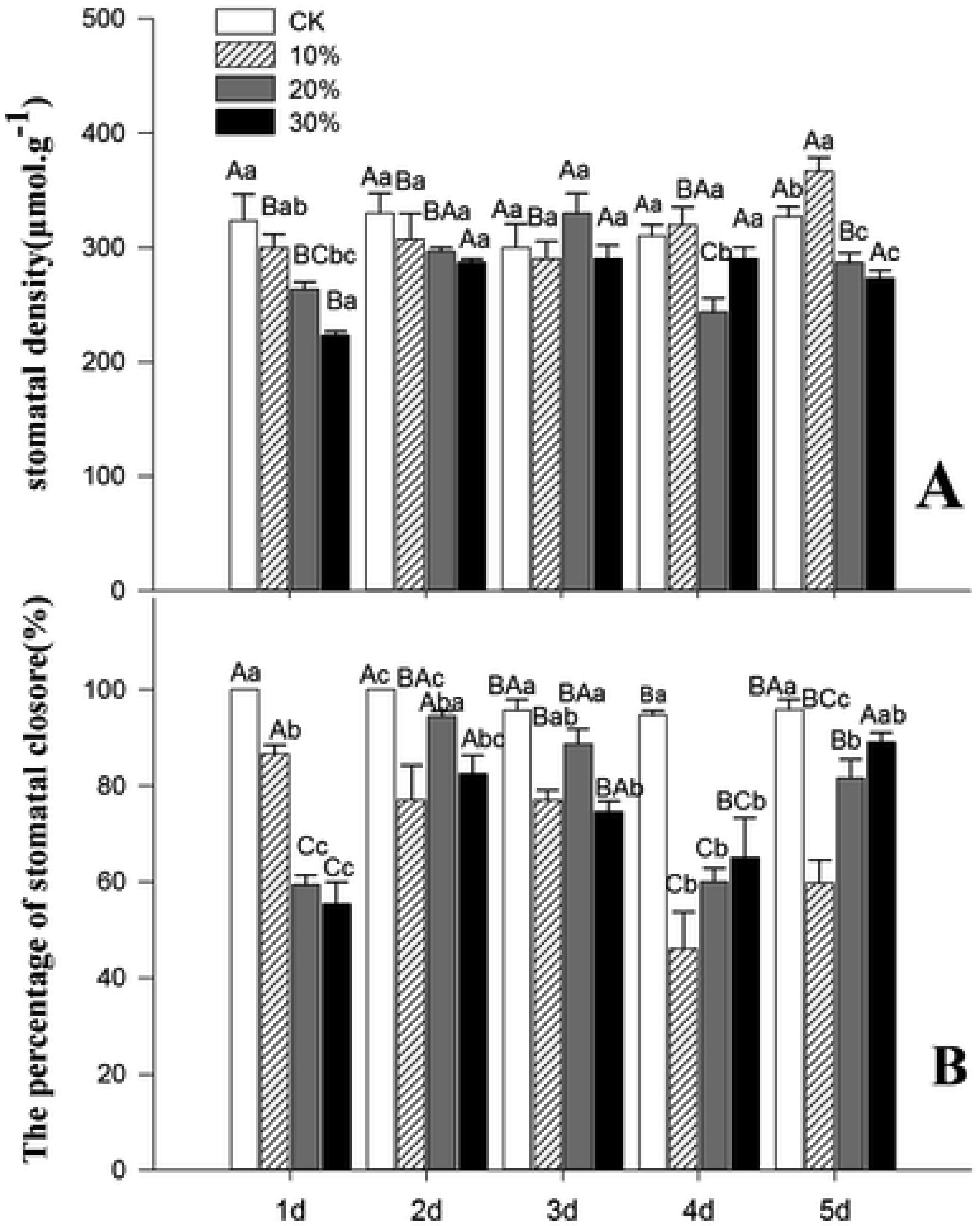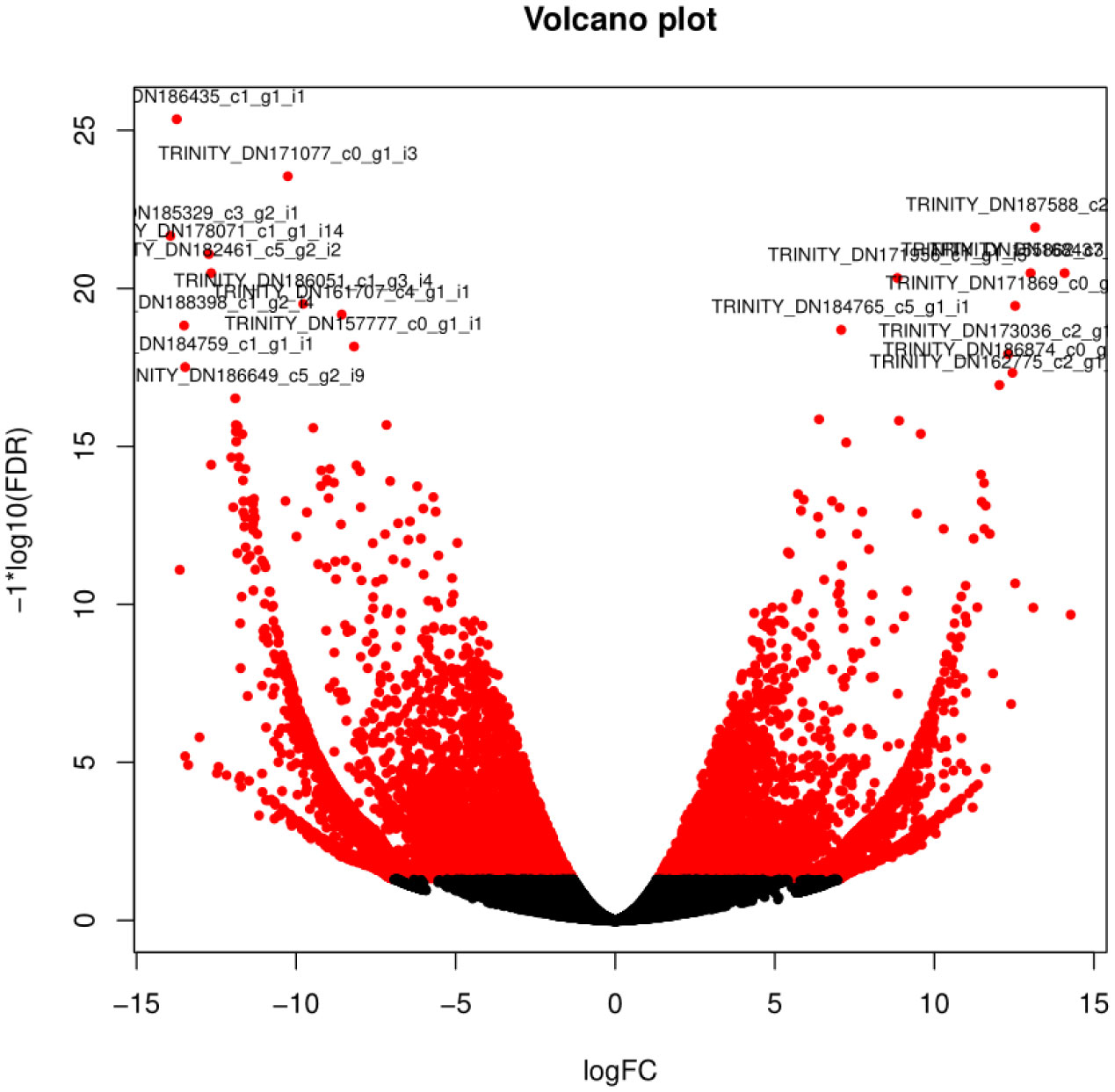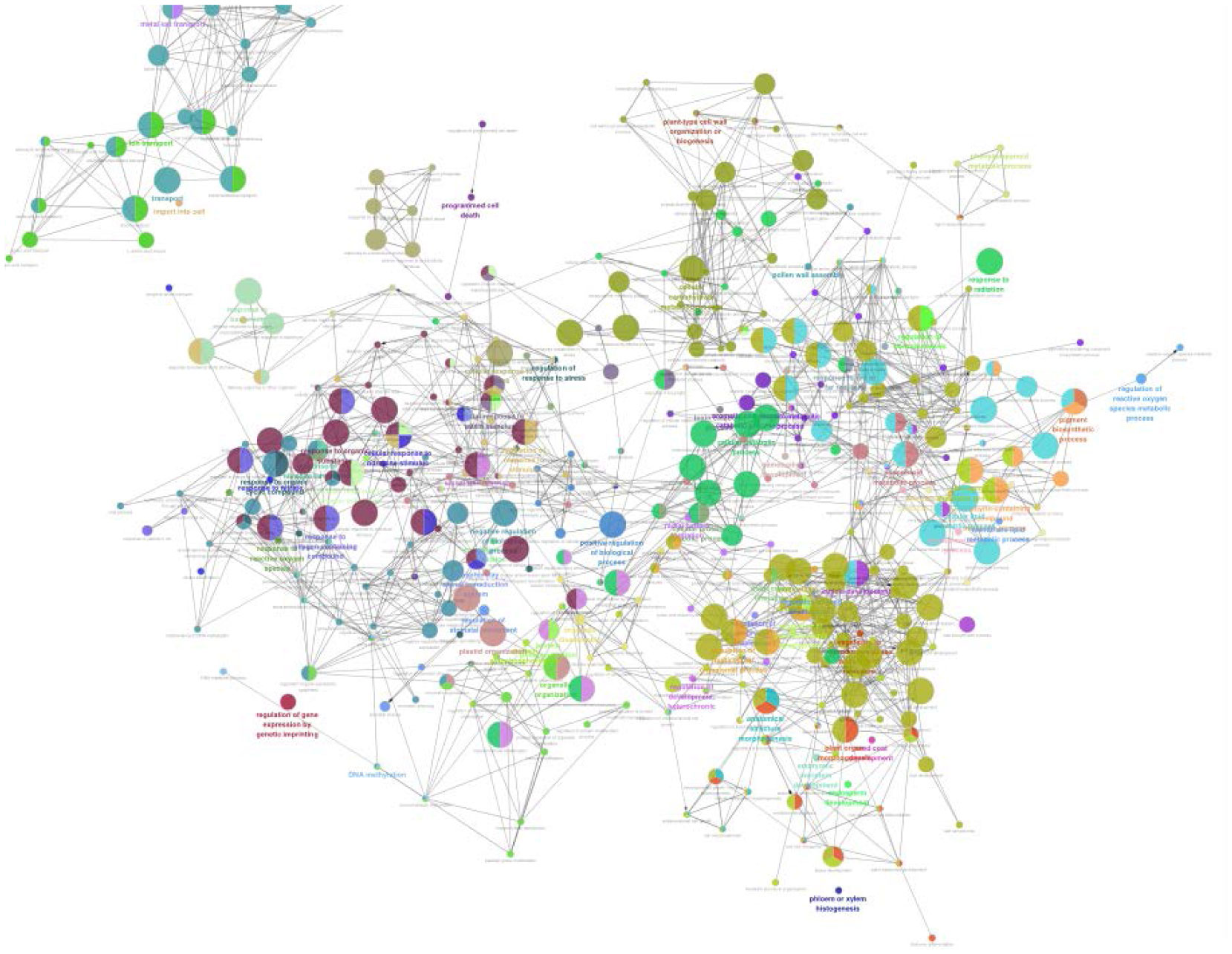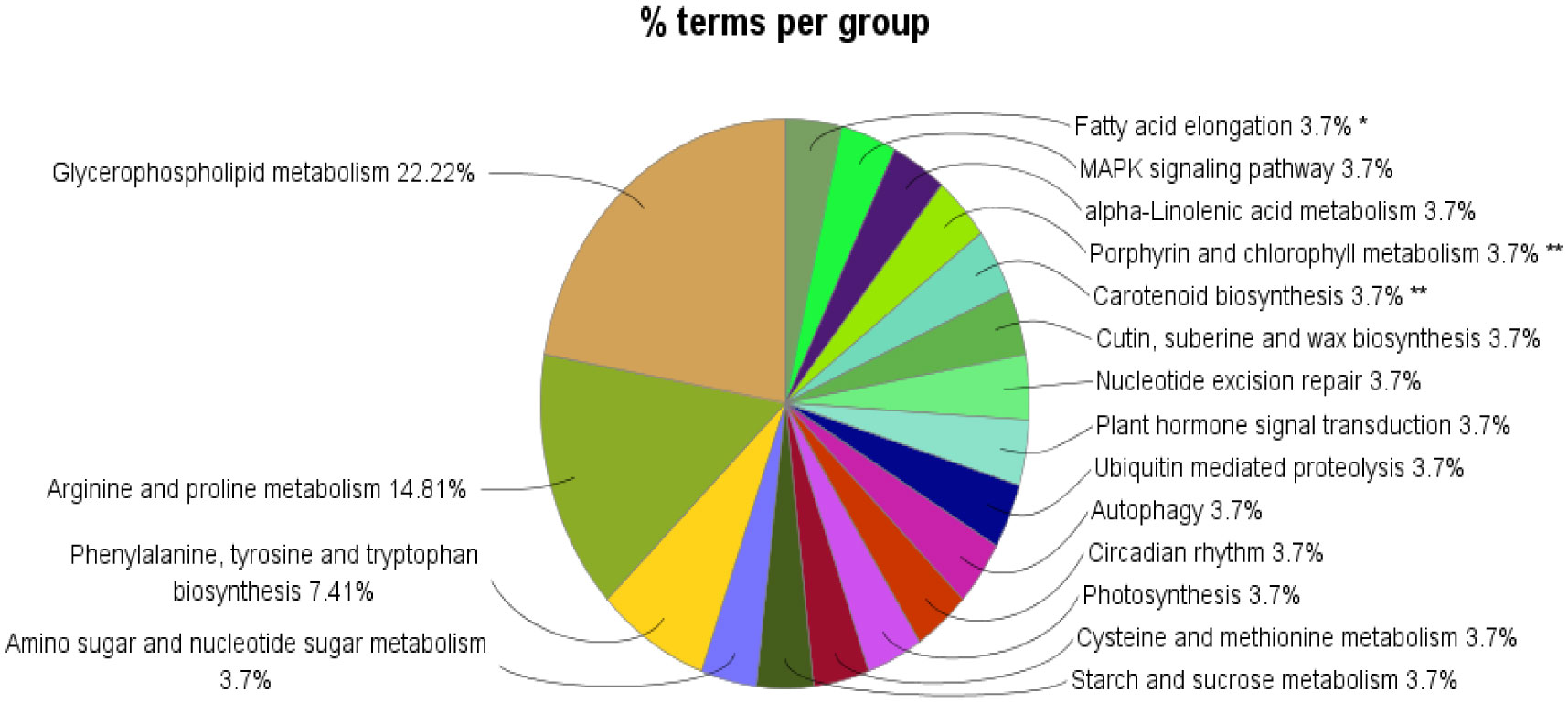1.
Introduction
Matching the maturity of an enterprise's assets with the maturity of its liabilities is one of the basic principles of corporate finance theory. Morris first proposed the idea of maturity matching of investment and financing, arguing that if the maturity of debt is shorter than the maturity of assets, there may be a risk that the cash flow generated by the firm's assets is insufficient to pay the debts as they fall due [1]. If the debt maturity is longer than the asset maturity, there is uncertainty about the source of funds to repay the debt. Matching debt and asset maturities can reduce the liquidity risk caused by maturity mismatch, and maturity matching is a better choice for corporate investment and financing decisions. Subsequent scholars have argued for the necessity and rationality of maturity matching in terms of the ease of negotiation with creditors [2] and agency costs [3]. SDFLI is a typical manifestation of the maturity mismatch between corporate investment and financing, which is manifested by the use of short-term loans to support long-term corporate investment. On the one hand, SDFLI provides liquidity support for corporate investment, which can alleviate corporate financing constraints [4], while on the other hand, corporate debt servicing pressure is further magnified, exacerbating corporate business risks [5]. Scholars have conducted a lot of research on the economic consequences of SDFLI. At the micro level, SDFLI can lead to inefficient investment, increase business risk, raise the cost of financial distress, reduce R & D investment, and increase the risk of stock price crashes [3,5,6,7,8]. At the macro level, large-scale SDFLI may trigger a chain reaction that leads to systemic financial risks, endangers the stability of the financial system, and hinders high-quality economic development.
Scholars are currently focusing their attention on the impact of new financial instruments [9,10,11,12]. Currently, there are few direct studies on the impact of monetary policy on the maturity mismatch of corporate investment and financing, and most of the relevant analyses are conducted from the perspective of monetary policy changes affecting corporate investment intentions. From the perspectives of the moderate level of monetary policy, central bank rhetorical communication, and monetary policy expectations, scholars argue that loose monetary policy enhances firms' willingness and ability to SDFLI and significantly increases the level of corporate SDFLI [13,14,15]. Existing studies mainly analyze from the perspective of the investment side, and it is worth noting that the degree of corporate investment and financing maturity mismatch is influenced by both debt financing maturity and investment maturity, and changes in corporate credit maturity structure may significantly change the degree of corporate investment and financing mismatch. The credit term structure effect of monetary policy has been neglected in studies on the behavior of monetary policy on corporate SDFLI. The credit term structure effect of monetary policy is manifested as follows: when monetary policy tends to be accommodative, banks' risk appetite increases, firms are more likely to obtain long-term debt, and the term structure of corporate credit is extended. When monetary policy tends to tighten, banks' risk aversion rises, the availability of long-term debt to firms decreases, and the maturity structure of corporate credit shortens. Loose monetary policy may prompt banks to issue more long-term loans, which will fundamentally affect the degree of SDFLI of firms. Therefore, this paper focuses on Chinese firms to analyze the impact of monetary policy changes on firms' incentives and ability to match the maturity of liabilities and assets from the perspective of the term structure effect of monetary policy, and then to verify the effect of monetary policy on firms' SDFLI.
The main reason for using Chinese firms as the research target is the immature financial market environment in China. Banks tend to provide short-term loans rather than long-term loans in order to enhance liquidity management [6,16], which makes the problem of short-term loans and long-term investments more prevalent among Chinese firms and therefore more valuable to study. Scholars counted the level of debt maturity structure in 39 countries during 2001–2006, the statistical results show that the average share of long-term debt to total debt is 61% in developed countries and 36% in developing countries, while the share in China is around 10% [16]. The share of long-term debts in China still did not increase significantly between 2007 and 2019, and this ratio remained around 12% [17]. Therefore, we focus on the problem of SDFLI in China.
In this paper, the effect of monetary policy on the credit term structure of firms is the object of study, the credit term structure effect of monetary policy is the transmission channel, and accommodative monetary policy is the analytical perspective of this paper. This paper finds that loose monetary policy improves firms' SDFLI by extending their credit maturity structure through the credit maturity structure channel. In addition, heterogeneity analysis shows that loose monetary policy significantly inhibits the SDFLI behavior of state-owned enterprises (SOEs), non-high-tech firms, and firms in regions with high bank competition levels through the credit term structure channel, and the monetary policy credit term structure channel fails for non-state-owned enterprises (non-SOEs), high-tech firms, and firms in regions with low bank competition levels.
The marginal contributions of this paper are: first, differing from previous studies that focus on the liquidity effect of monetary policy, this paper focuses on the structural effect of monetary policy. Second, this paper focuses on the impact of changes in the credit term structure of the corporate financing side on the level of corporate SDFLI, which distinguishes it from most of the literature that focuses on the impact of corporate SDFLI from the perspective of corporate investment demand. Third, this paper verifies the differential impact of the credit maturity structure effect of monetary policy on the degree of maturity mismatch of corporate investment and financing under different firm characteristics and external macroenvironmental conditions.
2.
Literature review
2.1. Research on the motivation of corporate SDFLI
The research on the motivation of enterprise SDFLI is mainly focused on two perspectives: endogenous and exogenous. Studies conducted from the endogenous perspective consider that the formation of the SDFLI problem is an "active" decision of the firm, mainly considering signaling [18], financing cost savings [19], irrational behavior of management [20], soft budget constraint, and the development of the SDFLI problem. Kahl finds that U.S. firms with low refinancing risk prefer to use short-term commercial paper financing to meet their initial funding needs for large capital investments in order to reduce the transaction costs of additional investments [19]. Huang finds that overconfident CEOs are confident that they can bear the high liquidity risk arising from short-term loans and prefer to use shorter credit maturity structures [20].
Studies conducted from the perspective of exogenous factors suggest that the formation of the SDFLI problem is a "passive" choice of firms under the constraints of the external environment. In terms of exogenous factors, the influence of institutional factors, including the financial market structure, unreasonable interest rate levels [13], and financial disincentives [14] is mainly considered. Comparing the differences in financing structure, interest rate structure, and monetary policy expectations between China and the U.S., [13] found that incomplete financial markets, unreasonable interest rate term structure, and unstable monetary policy are the main causes of Chinese firms' SDFLI, thus arguing that firms' SDFLI is a "passive" influenced by external factors This suggests that SDFLI is a "passive" choice influenced by external factors, rather than an "active" financial decision of enterprises to save financing costs.
2.2. Research on the impact of monetary policy on firms' SDFLI behavior
There are not many direct studies on monetary policy on corporate SDFLI behavior. Some studies focus on the impact of monetary policy expectations on corporate investment and financing maturity matching and reach the consistent conclusion that loose monetary policy expectations exacerbate the behavior of corporate SDFLI [13,15]. In an environment of loose monetary policy expectations, it is easier for firms to refinance in the future and the risk of maturity mismatch is reduced, prompting firms to adopt the strategy of SDFLI [13]. Loose monetary policy expectations stimulate corporate investment enthusiasm on the one hand, and enhance banks' risk appetite, on the other hand, raising banks' tolerance for corporate SDFLI behavior, which leads to a higher degree of corporate SDFLI [15].
3.
Hypothesis development
Much of the literature suggests that firm's behavior may behave strategically [21]. Based on a review of the literature on the motivation of corporate SDFLI, the motivation of corporate SDFLI can be summarized into two aspects: endogenous reasons, i.e., "active" decisions to save financing costs [19], send signals [18], and management irrationality [20], and exogenous reasons, i.e., "passive" choices to cope with external environmental constraints such as institutional imperfections [13,14]. From an endogenous perspective, first, China's high short-term interest rates and the small gap between long- and short-term interest rates provide an insufficient incentive to use short-term loans instead of long-term loans for long-term investments to compress financing costs. Currently, the Chinese capital market evaluates the quality of enterprises based on financial indicators such as their operating performance. Long-term loans granted by Chinese banks are generally collateralized loans, and access to large amounts of long-term financing often indicates that the firm has strong fixed assets and is more likely to be recognized as a high-quality firm. Therefore, the applicability of the signaling motive in China is also questionable. Finally, SDFLI resulting from management irrationality is mainly generated through overinvestment caused by management's overconfidence and aggressive debt behavior to save financing costs. What needs to be made clear is that a preference for more aggressive investments is the main difference between overconfident management and other types of management. Backing up their long-term investments with short-term liabilities is a financial decision to ensure that investment activities are carried out properly. Earlier we mentioned the lack of motivation for Chinese firms to adopt SDFLI behavior in order to save financing costs. The SDFLI behavior of irrational managers is more often reflected in the fact that overconfident managers dare to implement their long-term investment decisions through short-term financing despite the unavailability of long-term financial support. Thus, this paper argues that overconfident managers do not actively prefer SDFLI, but have no choice but to do so in order to support their investment activities. Therefore, in an accommodative monetary policy environment, it is less difficult for firms to obtain long-term credit. Although management still overinvests due to overconfidence, this does not prevent them from using long-term funds to support their aggressive investment activities. The gap between firms' investment and financing horizons tends to narrow.
Starting from the exogenous causes of firms' SDFLI behavior, the inadequate supply of long-term funds due to institutional imperfections is the main reason why firms are forced to engage in SDFLI. Most scholars argue that the corporate SDFLI problem is forced by incomplete financial markets and insufficient willingness and ability of banks to supply long-term credit [13]. The maturity structure of investment and financing credit is better matched for firms with a strong ability to obtain funds in the long-term credit market. Zhong et al. in [14] found that the degree of corporate SDFLI depends largely on the arrangement of corporate credit maturity structure, and the longer the corporate credit maturity structure, the lower the degree of SDFLI, and their study supports that SDFLI is one of the alternative mechanisms used by Chinese firms to cope with financial disincentives. Improvements in the quality of corporate internal controls can mitigate corporate SDFLI problems by changing the corporate credit maturity structure [22]. Under the accommodative monetary policy environment, the corporate financing environment is improved, corporate long-term debt is increased, and the credit maturity structure is extended. Firms are bound to take the initiative to revise their SDFLI behavior to prevent the adverse consequences caused by the mismatch of investment and financing maturities. This leads to the following hypothesis.
Hypothesis 1: The term structure effect of monetary policy has a significant impact on the SDFLI behavior of real enterprises, and the loose monetary policy inhibits the SDFLI behavior of enterprises by enhancing their credit term structure.
Internal and external factors such as enterprise ownership firms' industry attributes and the intensity of regional bank competition affect firms' access to and use of funds and may have heterogeneous effects on the term structure effect of monetary policy. Thus, if the monetary policy affects the extent of firms' SDFLI through the credit term structure channel, we naturally assume that there is similar heterogeneity in the impact of monetary policy on firms' SDFLI behavior and that the heterogeneity effect is related to the credit term structure effect of monetary policy.
In China, the decision of investment and financing system is closely related to the type of ownership. State-owned enterprises (SOEs) with superior endowments have an advantage in the long-term credit market. In contrast, non-state-owned enterprises (non-SOEs) generally have lower credit ratings than SOEs, face stronger exclusion in financial markets, and have more difficulty in financing [23]. Under the impact of accommodative monetary policies, long-term credit remains a scarce resource and long-term credit issuance still suffers from rationing, despite the increased willingness and ability of banks to supply long-term credit. SOEs with their institutional advantages and stable relationships with banks are given priority in satisfying their long-term credit needs, while non-SOEs are less likely to be satisfied with long-term credit than SOEs. Therefore, it is expected that the monetary policy credit term structure effect is more significant for SOEs.
Hypothesis 2: For SOEs, the loose monetary policy can effectively suppress the SDFLI behavior by extending the credit maturity structure of enterprises, while the above effect is not significant for non-SOEs.
High-tech firms are characterized by information asymmetry, high risk, and lack of collateralizable assets, which make high-tech firms face more severe financing constraints relative to general firms [24,25]. The R & D information of high-tech enterprises is a voluntary disclosure, and many high-tech enterprises do not have enough motivation to disclose relevant R & D information to banks, which exacerbates the information asymmetry between high-tech enterprises and banks [24,26]. Meanwhile, R & D projects are characterized by a large investment scale, long investment cycle, and high probability of investment failure, making it difficult for banks to accurately assess the value of high-tech enterprises based on historical financial information [25]. In addition, fixed assets are a common form of bank loans, and as a typical representative of asset-light enterprises, high-tech enterprises lack collateralizable physical assets. Banks extend fewer long-term loans to high-tech firms due to risk considerations. Based on the above analysis, it is expected that the loose monetary policy has no significant lengthening effect on the credit maturity structure of high-tech enterprises. Since high-tech enterprises need to rely on continuous innovation for their development, high-tech enterprises have a stronger demand for long-term investment. A small amount of long-term credit growth can hardly cover the demand for continuous innovation funds for high-tech enterprises. Loose monetary policy can hardly inhibit the SDFLI behavior of enterprises by improving their credit maturity structure.
Hypothesis 3: For non-high-tech firms, the loose monetary policy can effectively suppress the SDFLI behavior by extending the credit maturity structure of enterprises, but the above effect is not significant for high-tech firms.
Loose monetary policy affects the ability and willingness to supply long-term credit by changing banks' risk appetite, which in turn affects firms' credit maturity structure. The level of regional bank competition is an important factor affecting banks' risk appetite. A higher degree of bank competition forces banks to relax their credit standards in order to increase profits and meet capital market expectations, which in turn leads to increased risk exposure [27] and is more likely to provide long-term loans with higher default risk to firms. Bank competition also affects the level of shadow banking [28]. Bank competition can overlap with accommodative monetary policy, amplifying the impact of monetary policy on bank risk-taking [29]. In areas with low intensity of bank competition, the increase in long-term credit is not sufficient to cover the demand for long-term funding and the behavior of SDFLI is hardly improved. Therefore, it is expected that the effect of monetary policy credit term structure effect is more significant in regions with stronger bank competition.
Hypothesis 4: For firms in areas with high bank competition intensity, the loose monetary policy can effectively suppress the SDFLI behavior by extending the credit maturity structure of enterprises, while the above effect is not significant for firms in areas with low bank competition intensity.
4.
Research design
4.1. Sample and variable
4.1.1. Sample
China A-share non-financial listed companies from 2007–2019 were selected for the study, and all data were obtained from the China Stock Market and Accounting Research (CSMAR) database. Enterprise data is very reflective of micro characteristics and are heavily applied [30,31,32,33]. The sample of financial listed companies, special treatment companies and companies with incomplete information are excluded. In addition, in order to mitigate the bias caused by outliers, continuous variables are winsorized on the 1% quantile and 99% quantile. Stata 16.0 is used as the statistical software. we finally obtain 16,995 company-annual samples.
4.1.2. Definition of variables
(1) SDFLI (Sfli). The measurement of corporate SDFLI draws on [14,22] to calculate it in terms of balance sheet and cash flow statement. Because SDFLI manifests itself as firms supporting their long-term investment activities with short-term funds, SDFLI is measured as the difference between firms' investment expenditures and long-term funds. The level of firm SDFLI (Sfli) is measured as "cash outlay for investing activities such as purchase and construction of fixed assets - (increase in long-term debt + increase in equity + net cash flow from operating activities + cash inflow from the sale of fixed assets), then divided by total assets at the beginning of the period".
(2) Monetary Policy (MP). According to [17], the M2 growth rate is used to measure monetary policy, and a higher M2 growth rate indicates a more accommodative monetary policy.
(3) Credit maturity structure (Ldebt). We follow [16,34] to measure the maturity structure of corporate debt (Ldebt) by the share of the long-term loan in total liabilities, and the larger its value, the more obvious is the tendency of corporate debt to show long-term orientation.
(4) Control variables
Combining the articles that sort out the factors influencing firms' SDFLI, this paper considers the following control variables with reference to [14,35]. The selection of control variables includes the following dimensions: (1) firm characteristics. ownership (Soe), firm size (Size), change in total bank credit (debt_gap), asset maturity (AM), leverage (Lev), profitability (Roa), operating capacity (Turnover), growth (Q), and free cash flow (Fcf). Among them, the change in total credit (debt_gap) is used as a proxy variable for the liquidity effect of monetary policy, and the impact of the term structure effect of monetary policy can be better observed after controlling for the change in total credit. (2) Level of corporate governance. Ownership concentration (TOP1), CEO-duality (DUAL), and the percentage of independent directors (ID). (3) Macro factors. Including provincial GDP per capita (GDP_p) and national GDP growth rate (Growth_gdp). The definitions of the variables are detailed in Table 1.
4.2. Empirical model
Unlike some time series modeling methods [36,37,38,39], panel models can be better applied to the study of micro issues [40,41]. Drawing on the models of [42,43], the test model for the effect of monetary policy on firms' SDFLI behavior is set as follows.
where i denotes the firm, t denotes time, $ {Slfit}_{it} $ denotes the SDFLI situation of firm i in year t, $ {MP}_{t} $ measures the level of monetary policy in year t, $ {Ldebt}_{it} $ denotes the credit term structure of firm i in year t, $ {Controls}_{it} $ is the set of control variables, $ {\gamma }_{i} $ denotes controlling for individual firm fixed effects, $ \sum Industry $ denotes controlling for controls for industry effects, $ {\alpha }_{0} $ is the intercept, $ \varphi $ is constant vectors, and $ {\varepsilon }_{it} $ is the random error term. Since monetary policy is a time series variable, introducing time-fixed effects directly into the model will cause covariance problems and lead to invalid estimation results, so this paper refers to [17] and does not control for time effects in the model. The main focus is on the significance and sign of the coefficients c, a, and b. On the basis of the significant coefficient c, if c < 0 indicates that an accommodative monetary policy environment suppresses firms' SDFLI behavior, and if c > 0 indicates that an accommodative monetary policy environment promotes firms' SDFLI behavior. Based on the theoretical analysis, we expect the coefficients c < 0, a > 0, and b < 0.
The data show that the mean and median of the measure of the level of corporate SDFLI (Sfli) are less than 0, which is statistically consistent with [14]. The mean value of corporate debt maturity structure (Ldebt) is 10.62%, which is comparable to the statistical result of [16]. The mean value of Ldebt is significantly greater than the median of 4.32% with a right-skewed distribution, indicating that most firms have a lower-than-average debt maturity structure of 10.62%. The mean value of short-term borrowing as a share of total borrowing in developed countries in the statistical results of [16] is 39%, while this share is around 90% in China, which indicates that Chinese firms still have a predominantly short-term loan structure, which is significantly different from the predominantly long-term loan structure in developed countries. Details of the data for other variables are shown in Table 2.
Table 3 demonstrates the results of correlation analysis between the variables. In particular, the lower triangle of Table 3 shows the results of the Pearson correlation coefficient and the upper triangle shows the results of the Spearman correlation coefficient. Under both correlation measures, monetary policy is negatively correlated with the level of firm SDFLI (Sfli) at the 10% level, tentatively verifying hypothesis 1. All control variables, except Dual and ID, are correlated with the explanatory variable firm SDFLI (Sfli) at the 10% level. Some of the control variables are correlated with each other at the 10% level, but the correlation coefficients are all significantly less than 0.3, and only a few of them have correlations greater than 0.3, indicating that overall, there is no multicollinearity problem among the variables.
5.
Empirical analysis
5.1. Baseline analysis
Table 4 reports the results of the test of Eqs 1–3. We estimate them by gradually adding control variables to improve the scientific credibility of the test results. Columns 1–4 of Table 4 report the regression results of Eq 1. Since this paper measures monetary policy in terms of M2 growth rate when the value of the monetary policy variable increases, it indicates that monetary policy is easing, and when the value of the monetary policy variable becomes smaller, it indicates that monetary policy is tightening. In order to explain the empirical results more intuitively, this paper chooses to analyze the easing monetary policy from the perspective. On the basis of individual fixed effects column (1) considers only the effect of the core variable monetary policy (MP) on firms' SDFLI, and the coefficient of the monetary policy (MP) variable is −0.2313 and is significant at the 5% level, indicating that accommodative monetary policy inhibits firms' SDFLI behavior. Columns (2) and (3) are the results after further controlling for firm characteristics and macroeconomic factors. The magnitude of the coefficients of monetary policy variables changes somewhat, but the sign direction and significance remain unchanged. Considering that there may be significant differences in the debt structure of firms in different industries, the coefficients of the monetary policy variables remain negative and significant at the 1% level after further controlling for industry effects in column (4). The results of the data test indicate that loose monetary policy has a significant and robust suppressive effect on firms' SDFLI.
Further, the mediating effects model is applied to identify the mechanism of action of the monetary policy term structure effect. As shown in columns (5) and (6) of Table 4, the easing monetary policy lengthens the credit term structure of firms, and after considering the effect of credit term structure on firm SDFLI, the absolute value of the monetary policy coefficient becomes smaller and the regression coefficient of firm credit term structure on firm SDFLI is significantly negative. This suggests that a certain proportion of the dampening effect of accommodative monetary policy on corporate SDFLI is achieved through the credit term structure channel, and hypothesis 1 holds.
The regression results of the control variables show that larger firm size (Size), larger bank credit variation (debt_gap), and greater profitability (Roa) effectively inhibit the behavior of firms' SDFLI. State-owned enterprises have a higher degree of short credit and long investment than non-state-owned enterprises. In addition, the higher the leverage (Lev), the more abundant the cash flow (Fcf), the higher the asset turnover (Turnover), and the higher the provincial GDP per capita (GDP_p), the more likely it is for firms to support long-term investments with short-term liabilities. The aforementioned firms have strong capital management skills and their SDFLI behavior may be motivated by the purpose of saving capital costs.
5.2. Endogeneity test
The benchmark regression confirms that loose monetary policy has a significant dampening effect on firms' SDFLI behavior and that its dampening effect is partly transmitted through the term structure channel of monetary policy, however, the above study may have endogeneity problems. The core explanatory variable, monetary policy, is a macro variable and can be considered exogenous, and corporate SDFLI does not affect monetary policy. The behavior of firms' SDFLI may reverse the credit term structure of firms. Since maturity mismatch of investment and financing brings higher liquidity risk, banks and other financial institutions are less likely to provide long-term loans to firms with SDFLI due to risk control, leading to reverse causality and sample self-selection problems. In this paper, the Heckman two-stage model [44] and two-stage least squares method are used to deal with the endogeneity problem.
The Heckman two-stage model is specified as follows.
In the first stage, the variable Ldebt_H takes 1 when the firm's credit term structure is greater than the sample median and 0 vice versa. IMR is the inverse mills rate calculated in the first stage. Lennox point out that the Heckman first-stage model requires "exclusionary constraints" variables [45]. The exclusionary constraint variables need to satisfy the assumption of exogeneity firstly, and secondly, the exclusionary constraint variables have an impact on the credit term structure of the firm but not on the SDFLI of the firm, i.e., the exclusionary constraint variables can only affect the SDFLI of the firm by affecting the credit term structure of the firm.
Referring to the existing literature, the average level of credit maturity structure of other firms in the same industry in the same year (Ldebt_other) is used as the exclusionary constraint variable. This variable is chosen as an exclusion constraint variable in this paper for two main reasons. Firstly, in terms of correlation, there may be convergence in the credit maturity structure of firms in the same industry. The level of debt maturity structure of a given firm will be influenced by the level of average credit maturity structure of the remaining firms in the same industry. Secondly, in terms of exogeneity, the average level of credit maturity structure of other firms in the same industry in the same year does not have an impact on individual firms' SDFLI decisions. In addition, putting IMR into the second-stage model may cause multicollinearity problems [45], so VIF values are reported to test whether the model is cointegrated.
Columns (1)–(2) of Table 5 report the test results of the Heckman two-stage model. The results of the first stage show that the exclusionary control variable (Ldebt_other) is significantly positive at the 1% level, indicating that the credit maturity structure of firms in the same industry in the same year affects the level of the credit maturity structure of the firm and meets the conditions for the selection of the exclusionary constraint variable. The results of the second stage show that the coefficient of IMR is significantly negative, indicating that there is indeed a sample self-selection problem. the VIF value of IMR is 1.45 and the average VIF value of the model is 1.52, both of which are less than 10, indicating that there is no multicollinearity problem. After controlling for the corporate credit term structure self-selection bias, the easing monetary policy and corporate credit term structure still have a significant inhibitory effect on corporate SDFLI behavior, indicating that the results in Table 4 are robust.
In the two-stage least squares method (2SLS), the average level of credit maturity structure of other firms in the same industry in the same year (Ldebt_other) is used as an instrumental variable for the credit maturity structure of firms. Columns (3) and (4) of Table 5 show the results of the two-stage least squares test, where the unidentifiable test in the first stage shows that the Anderson canon LM statistic is 42.316, corresponding to a p-value of 0.0000, strongly rejecting the original hypothesis of unidentifiability. The weak instrumental variable test showed that the Cragg-Donald Wald F statistic was 42.329, corresponding to a p-value of 0.0000, which passed the weak instrumental variable test. The regression coefficient of the instrumental variable (Ldebt_other) is 0.1983, which is positively significant at the 1% level, and the level of the credit term structure of firms in the same industry has a positive effect on the term structure of the company's debt maturity, as expected. In the second stage, the firm's SDFLI still maintains a significant negative relationship with the credit maturity structure treated with instrumental variables, which is consistent with the results of the benchmark regression. In summary, the results of the benchmark regression are robust after considering the endogeneity problem through the Heckman two-stage model and the two-stage least squares method.
5.3. Robustness test
To ensure the robustness of the estimation results of the impact of monetary policy on firms' SDFLI, this paper conducts further robustness checks by replacing the variable measures and excluding the effects of extreme events.
5.3.1. Alternative measure of variables
5.3.1.1. Alternative measure of SDFLI
Meanwhile, the robustness test part firstly uses variable Sfli_w1 as a proxy variable for the firm's SDFLI, where Sfli_w1 takes 1 when variable Sfli takes a value greater than 0 and otherwise take 0. Secondly, the robustness of the SDFLI level (Sfli_w2) is measured by "cash outlay for investing activities such as purchase and construction of fixed assets - (increase in long-term debt + increase in equity + net cash flow from operating activities + cash inflow from the sale of fixed assets), then divided by total assets at the end of the period". The results of the tests after replacing the SDFLI measure are shown in Table 6. The signs of the estimated coefficients of the core explanatory variables of monetary policy are all consistent with the previous paper (Table 4) and all pass the significance test, indicating that the dampening effect of accommodative monetary policy on firms' SDFLI is highly robust. The results of the intermediate effects show that the dampening effect of monetary policy on SDFLI is partly transmitted through the credit term structure channel, and the results are independent of the firm SDFLI proxies.
5.3.1.2. Alternative measure of monetary policy
In the robustness test, the level of monetary policy is measured by the difference between the M2 growth rate and the real GDP growth rate (MP_w1) and the one-year Shanghai interbank lending market rate (MP_w2) to test the robustness of the empirical results. Table 7 presents the test results after replacing the monetary policy measure. The results in columns (1) and (4) show that both loose quantity-based monetary policy and price-based monetary policy have a negative effect on corporate SDFLI, consistent with the benchmark regression. Whether adjusting the quantity of money supply or the interest rate, the tendency to looser monetary policy has the effect of suppressing the SDFLI of corporate debt. Combined with the results in columns (2), (3), (5), and (6), the monetary policy term structure effect continues to operate. In summary, the results after replacing the monetary policy measure remain robust.
5.3.2. Considering the impact of financial crisis
During the financial crisis, systemic risks swept the world, the price of financial assets fluctuated drastically, and the level of financialization of firms decreased significantly. Considering the possible distortion of the impact of monetary policy on the term structure of corporate credit during this period, this paper removes the sample from 2007–2009 and runs regressions on the sample from 2010–2019. The significance and direction of the coefficients of the monetary policy and corporate credit term structure variables in the results of Table 8 are consistent with the benchmark regression, indicating that the negative effect of monetary policy on corporate SDFLI is highly robust to extreme events.
5.3.2. Considering the impact of firm investment continuity
Considering the continuity of corporate investment and financing decisions, the SDFLI behavior in the earlier period may affect the SDFLI behavior in the later period. To eliminate this effect, we include the explanatory variables with one period lag in the model for dynamic panel GMM estimation. The results in Table 9 show that the regression results of including the explanatory variables lagged one period remain consistent with the benchmark regression and the empirical results are robust.
6.
Heterogeneity analysis
Section 4 verifies that loose monetary policy has a significant dampening effect on firms' SDFLI and that firm credit maturity structure acts as a mediating variable in the transmission of monetary policy. This section further examines the heterogeneity effects of internal and external factors such as enterprise ownership, firm industry attributes and regional bank competition intensity on the impact of monetary policy on firm SDFLI through grouped regressions.
6.1. Heterogeneity analysis: enterprise ownership
Table 10 shows how the nature of firm ownership affects the effect of accommodative monetary policy on firms' SDFLI. It is found that accommodative monetary policy has a dampening effect on the SDFLI behavior of both SOEs and non-SOEs. From the values of regression coefficients, the improvement of the debt maturity structure of SOEs is more pronounced, and the debt maturity structure channel does not hold in non-SOEs but is well transmitted in SOEs. The possible reason for the blockage of the debt maturity channel among non-SOEs is that the degree of improvement in the debt maturity structure of non-SOEs is lower and the increase in long-term credit is not sufficient to meet the demand for long-term investment in non-SOEs. Hypothesis 2 holds.
6.2. Heterogeneity analysis: industry attributes
Table 11 demonstrates how differences in firms' industry attributes affect the effectness of monetary policy on firms' SDFLI. It is found that loose monetary policy has a dampening effect on the SDFLI behavior of both high-tech and non-high-tech firms. There is no significant effect of loose monetary policy on the credit term structure of high-tech firms, and the credit term structure channel does not hold in high-tech firms, while the credit term structure channel is well transmitted in non-high-tech firms. The above findings are consistent with expectations and support the rationality of the credit term structure channel of monetary policy. Hypothesis 3 holds.
6.3. Heterogeneity analysis: regional bank competition levels
Table 12 demonstrates how regional differences in the level of bank competition affect the effect of monetary policy on firms' SDFLI. The empirical results show that loose monetary policy has a dampening effect on the SDFLI behavior of firms in regions with different bank competition intensities and a lengthening effect on the credit maturity structure of firms, while the credit maturity structure channel is transmitted effectively among firms in regions with high bank competition levels and does not hold among firms in regions with low bank competition levels. The results of the heterogeneity test of regional bank competition levels support the rationality of the credit maturity structure channel of monetary policy. Hypothesis 4 holds.
7.
Conclusions
This paper examines the effect of the credit term structure effect of monetary policy on corporate SDFLI based on data from 2007–2019 for Chinese A-share listed companies. The empirical results show that, overall, accommodative monetary policy significantly inhibits the extent of corporate SDFLI. The intermediation effect test shows that loose monetary policy suppresses the extent of corporate SDFLI by lengthening the credit maturity structure of firms, and partial intermediation holds. The above findings pass various robustness tests such as endogeneity tests and replacement variable measures and exclusion of the effect of crisis events. In addition, based on the mechanism of action of the monetary policy credit term structure channel, this paper selects internal and external factor variables such as enterprise ownership industry attributes and regional bank competition level as grouping variables to conduct heterogeneity analysis. The term structure effect of monetary policy credit is well transmitted in SOEs, non-high-tech enterprises and enterprises in regions with high bank competition intensity, which supports the existence and rationality of the term structure channel of monetary policy credit.
Based on the findings of the study, this paper proposes the following policy recommendations. First, the central bank needs to pay attention to the regulation of monetary policy on the maturity structure of corporate debt. Tight monetary policy will further compress the maturity structure of corporate credit while tightening liquidity, resulting in the situation of "short-term debt for long-term investment", which is not conducive to long-term corporate investment. During the period of tight monetary policy, we can consider contracting short-term liquidity and keeping long-term liquidity moderate in order to maintain an appropriate maturity structure of corporate credit.
Second, monetary policy should not be formulated and implemented in a "one-size-fits-all" manner but should be made more flexible and precise, with differentiated strategies for different types of enterprises and different regions. The degree of enhancement of the debt maturity structure of non-SOEs and high-tech enterprises by the loose monetary policy is low. Thus, the central bank should focus on non-SOEs and high-tech enterprises when formulating monetary policy, and play a good role in macroeconomic regulation of monetary policy tools. Policymakers can consider issuing medium- and long-term R & D loans pledged with intellectual property rights to high-tech enterprises through innovative instruments. In order to promote banks to issue long-term loans to non-SOEs, the government can provide government guarantees for non-SOEs loans and provide certain interest subsidies to banks. By the above means Promote financial services to the real economy and avoid the concentration of credit resources in enterprises with traditional resource endowment advantages. The monetary policy transmission effect of enterprises in areas with low bank competition is lower than that of areas with high bank competition, so banking institutions in areas with low bank competition should be given more incentives and support to address the regional imbalance in credit allocation and credit maturity structure and to promote coordinated regional development.
Conflict of interest
The authors declare there is no conflict of interest.









 DownLoad:
DownLoad:


